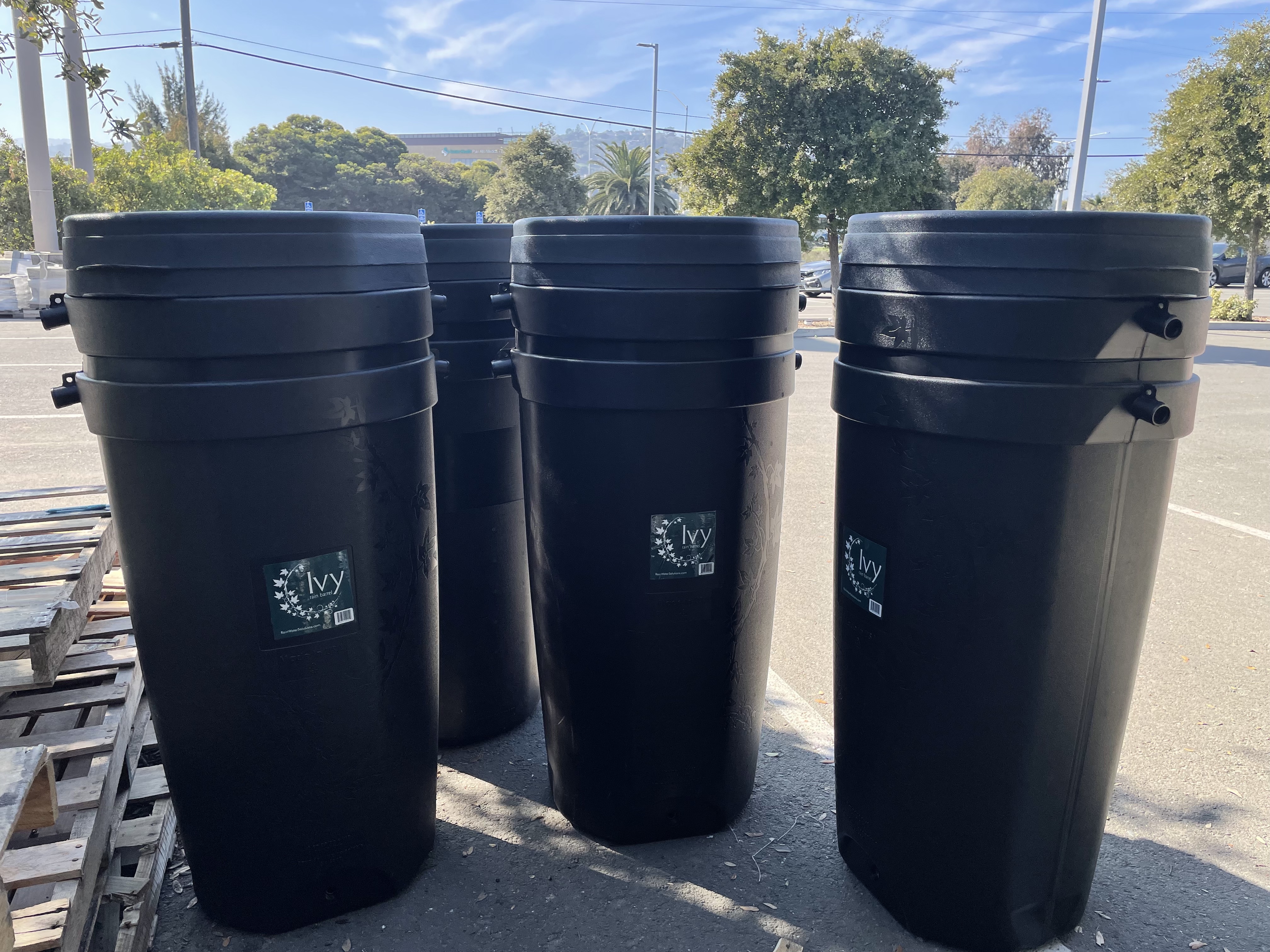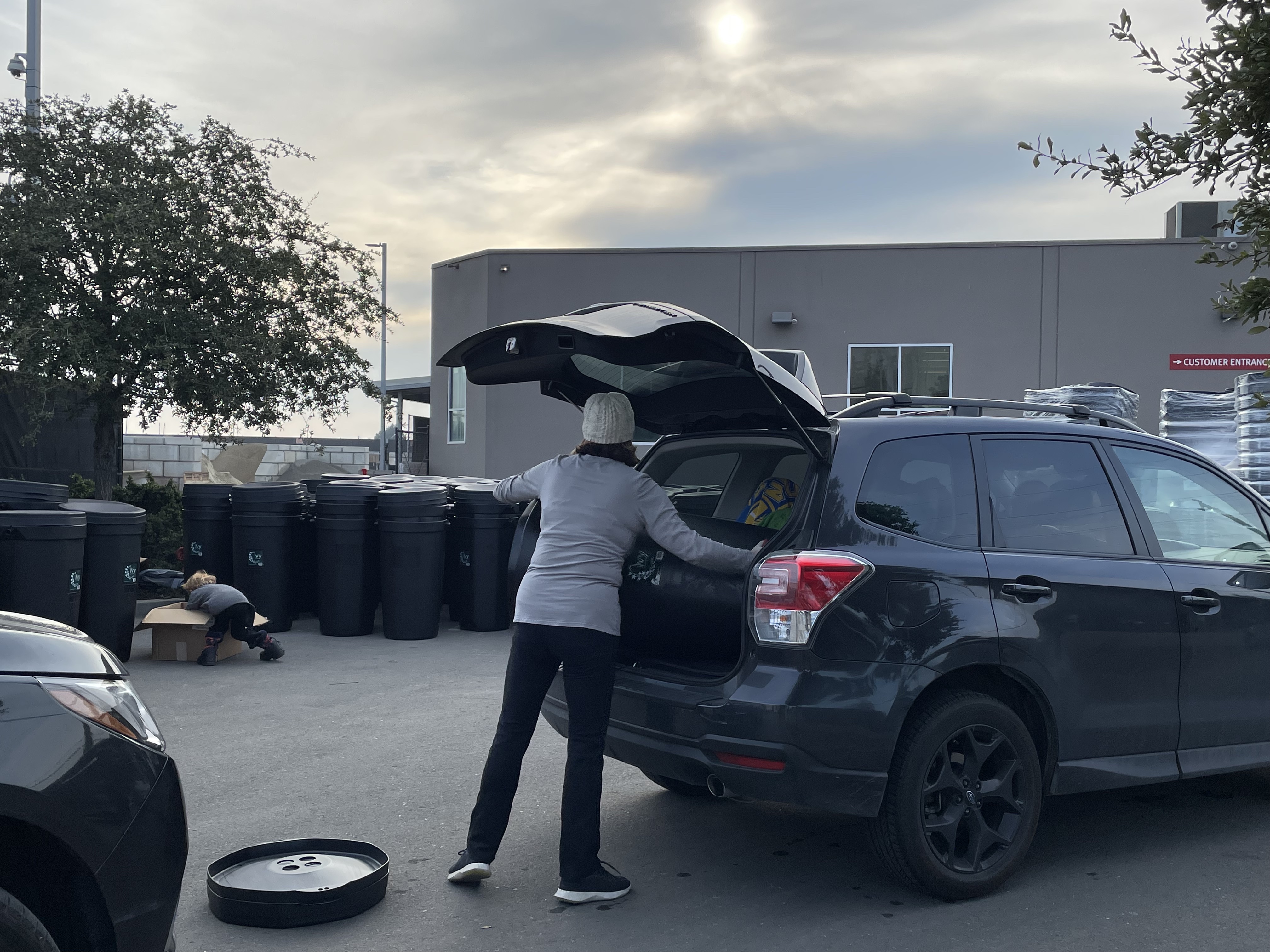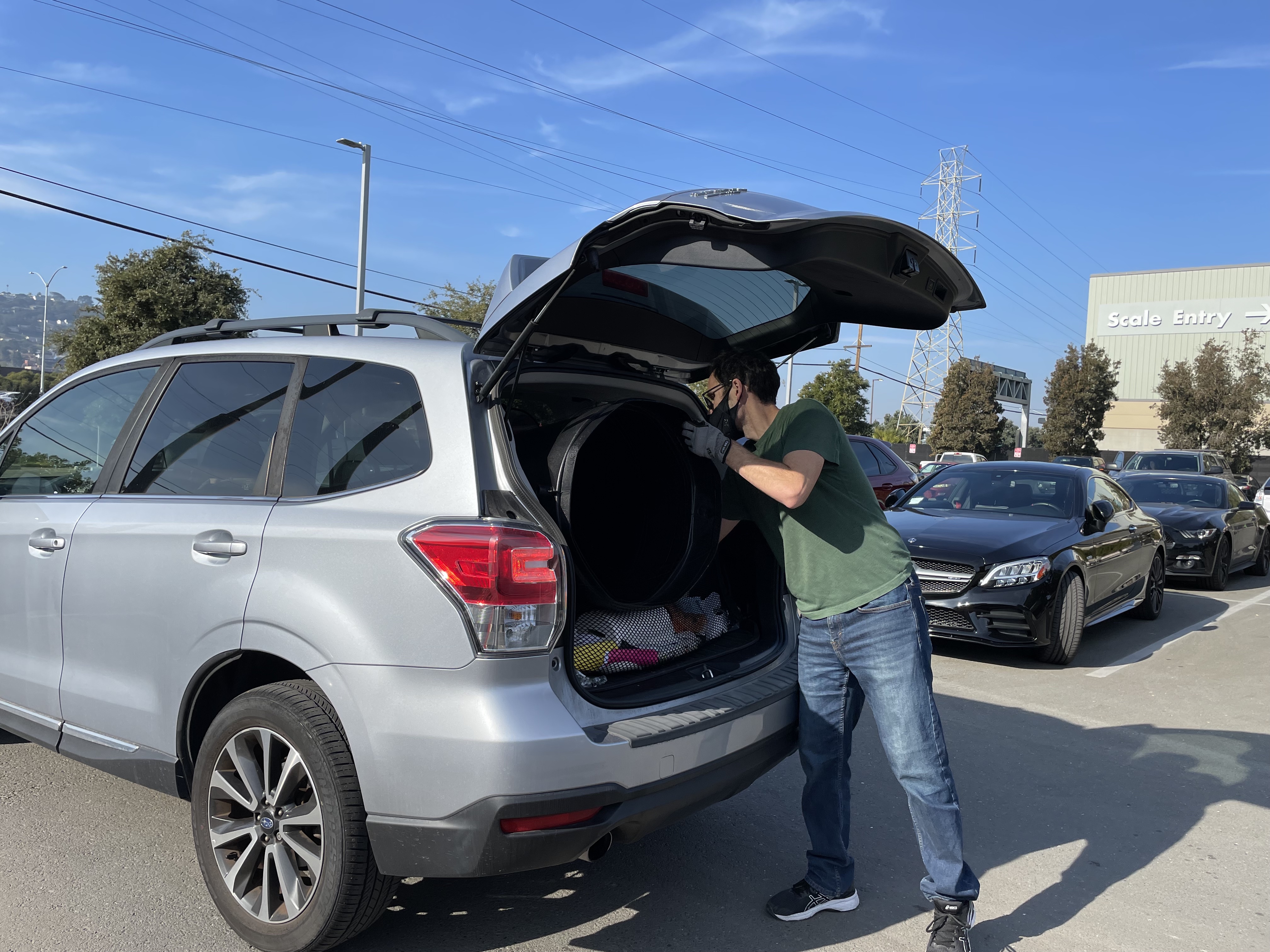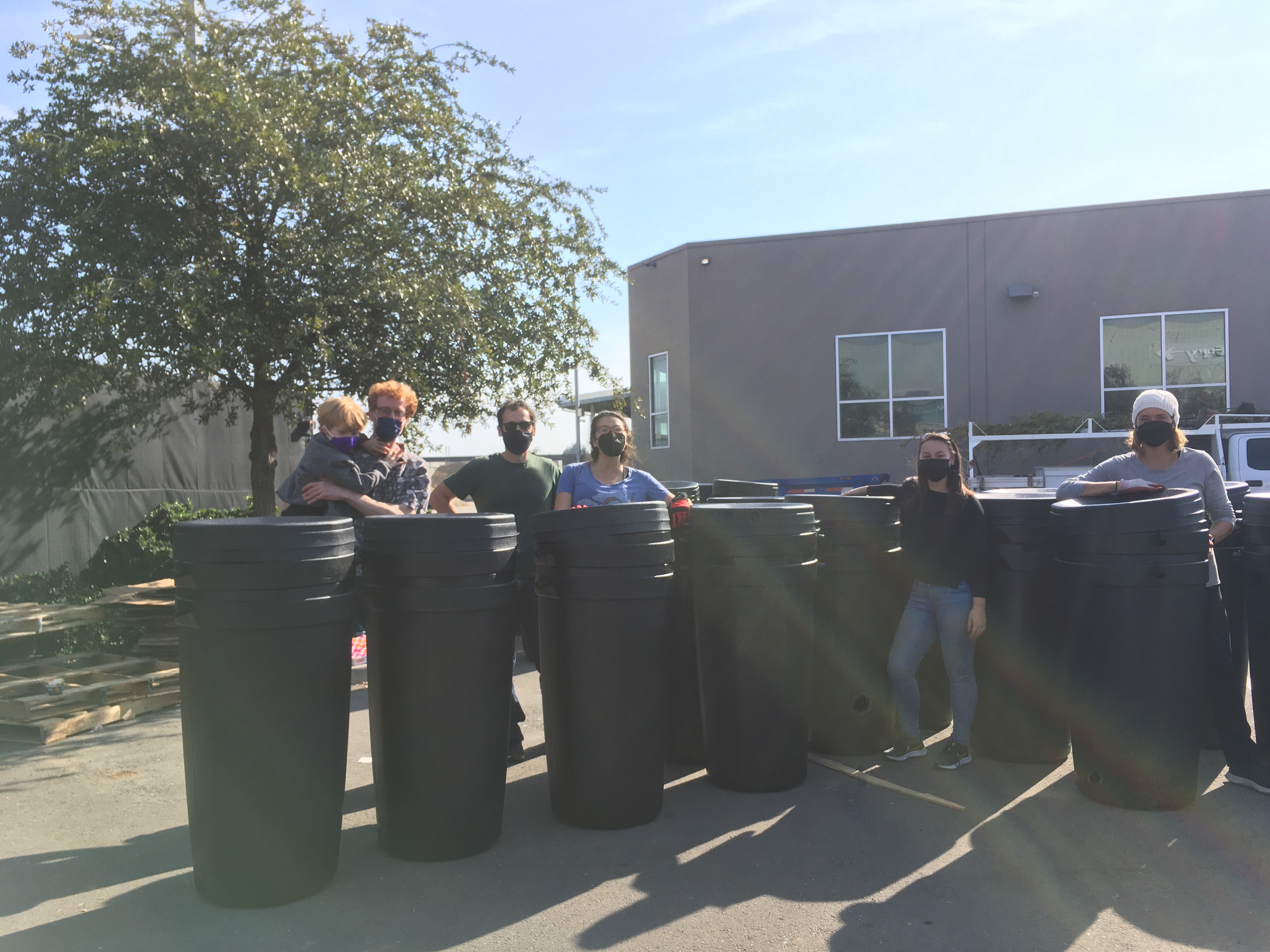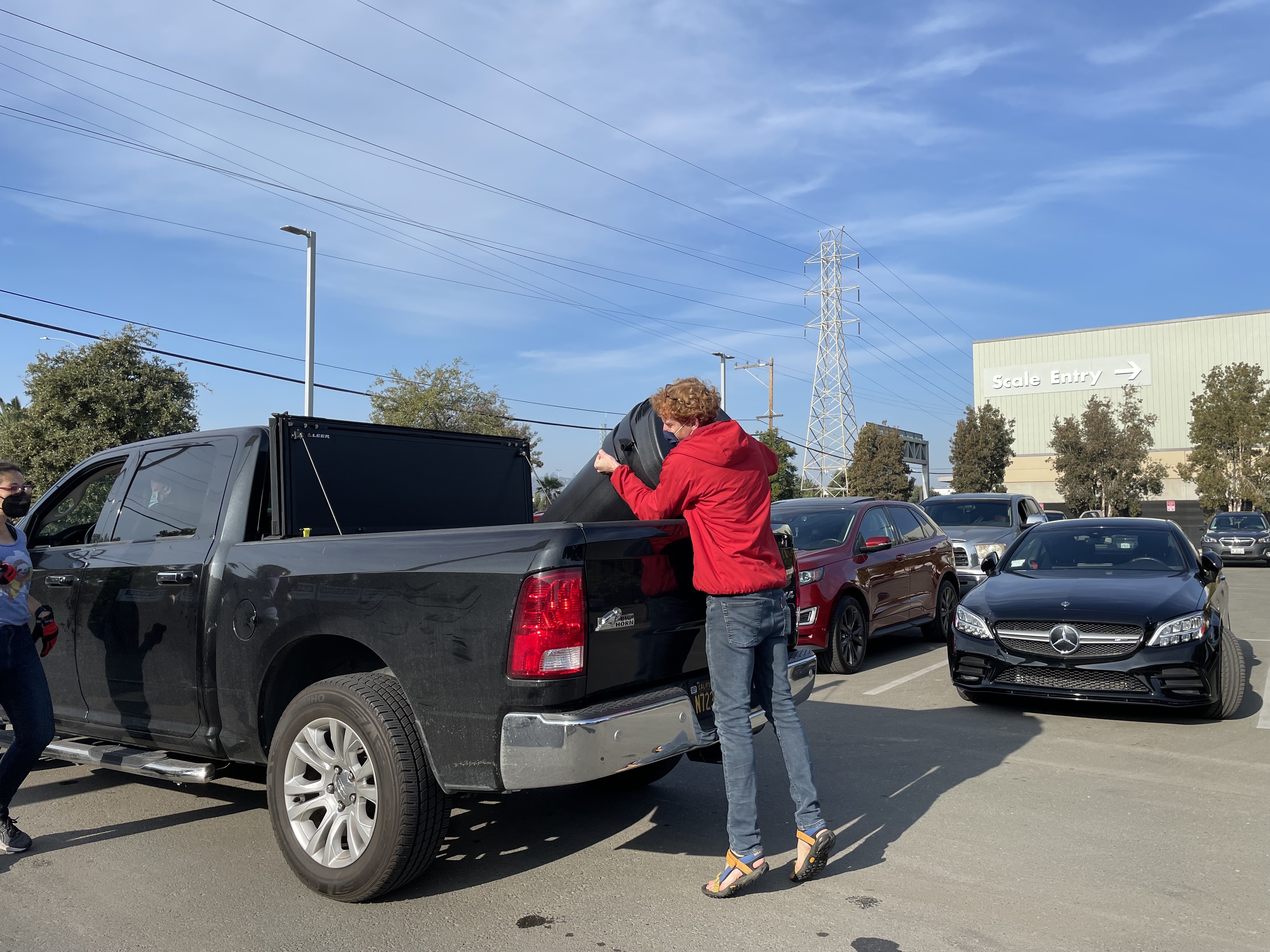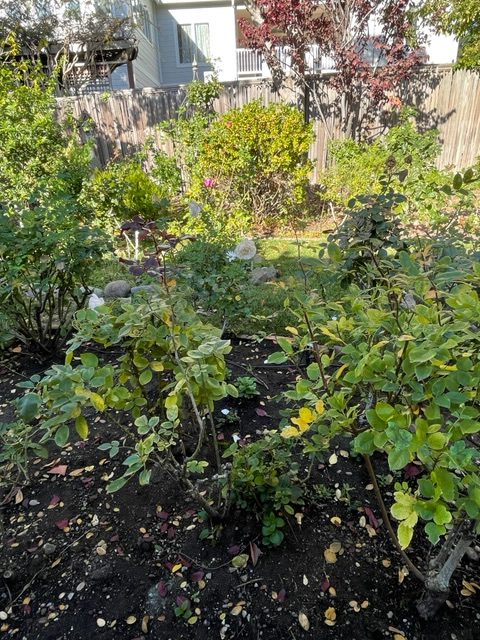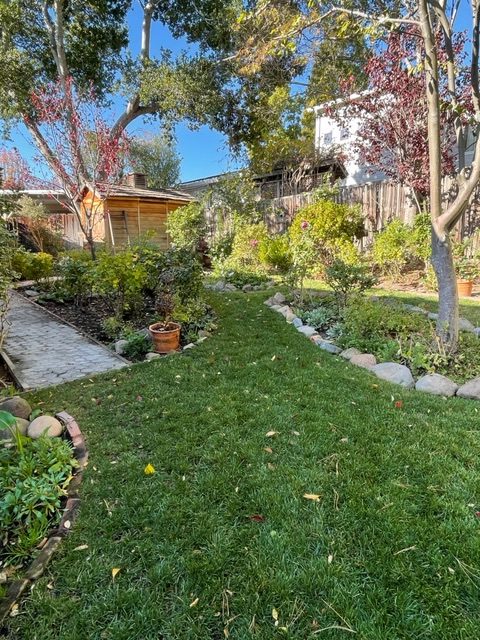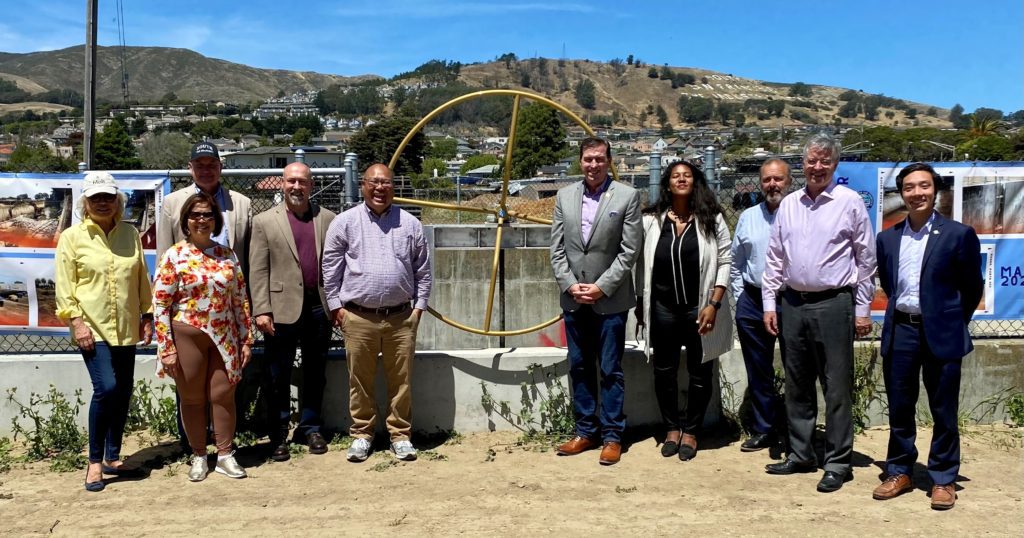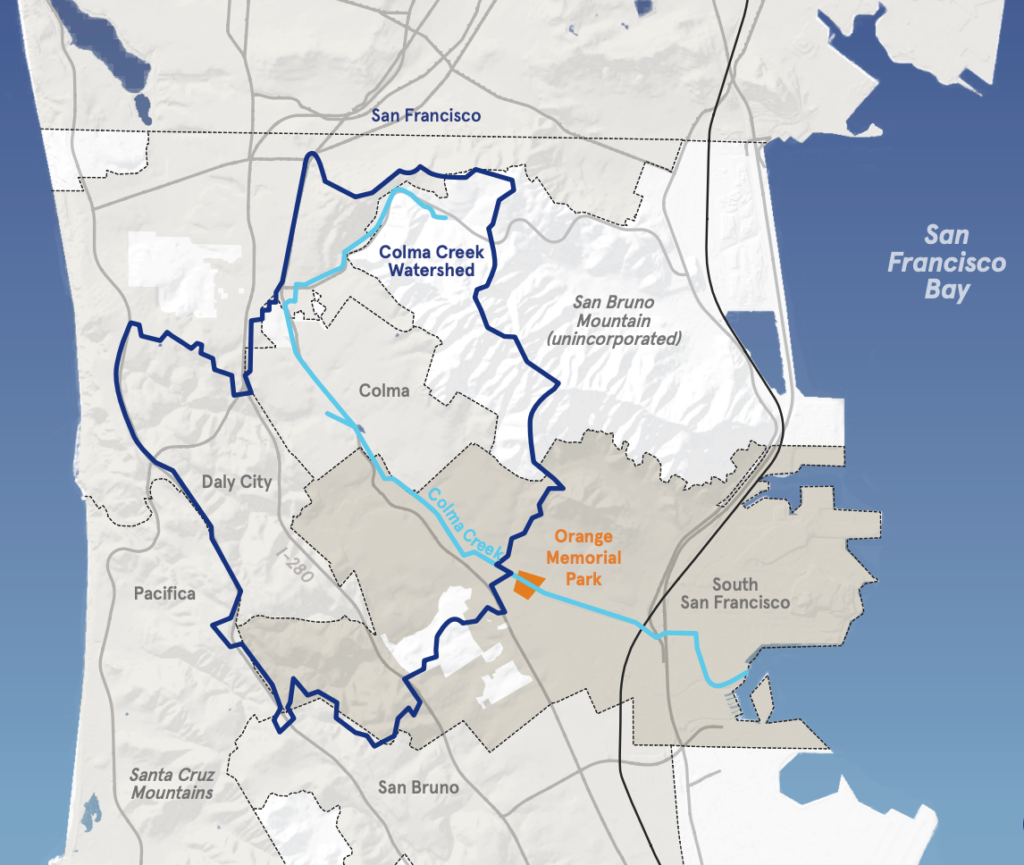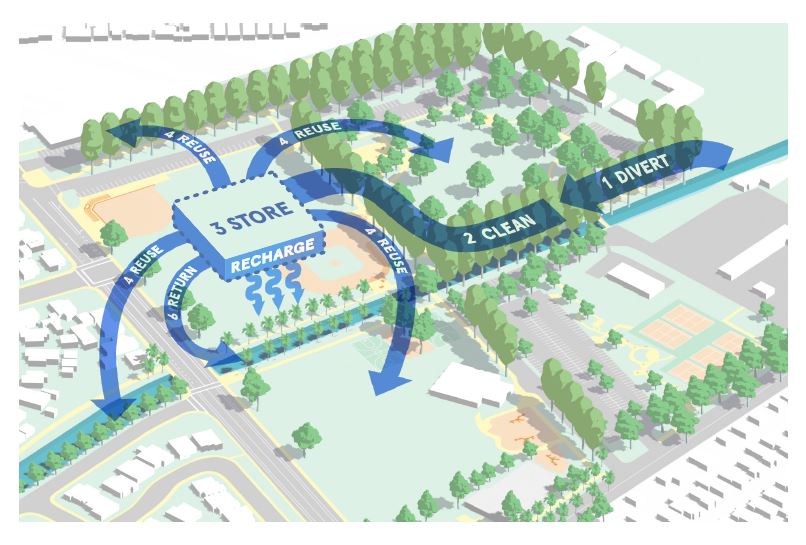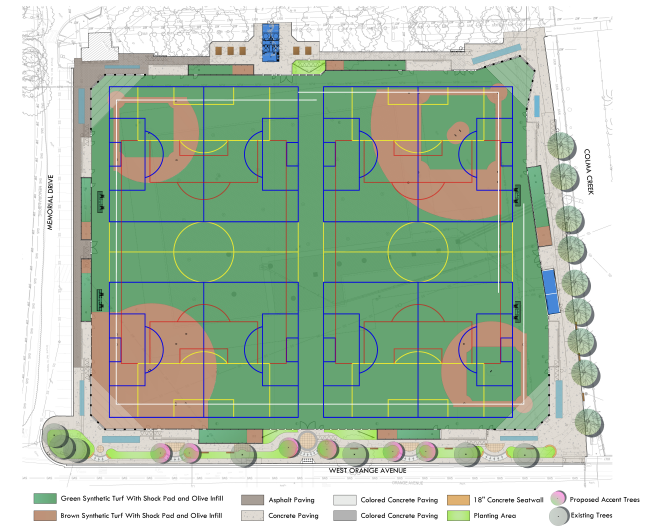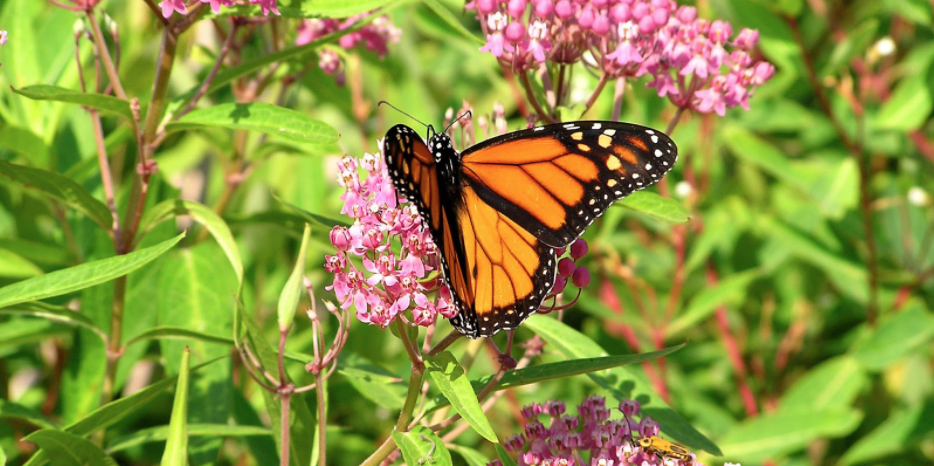Heal the Bay has released its annual Beach Report Card just in time for summer 2022. The Beach Report Card is meant to be a comprehensive public health tool that assigns grades to California beaches, ranging from an A to an F, based on the concentration of fecal indicator bacteria found in regularly collected water samples. High levels of fecal indicator bacteria can be a sign that water is unsafe to swim, fish, and play in.
This year, three San Mateo Beaches have made it onto the top ten Beach Bummers list, a list of beaches that have the poorest water quality in California. These beaches include Erckenbrack Park, Marlin Park, and Lakeshore Park. All the San Mateo County beaches that made it onto this list are ones that are enclosed and blocked off such that pollution is not easily flushed away from the beaches. These beaches receive little circulation and as a result are more likely to suffer from high levels of pollution.
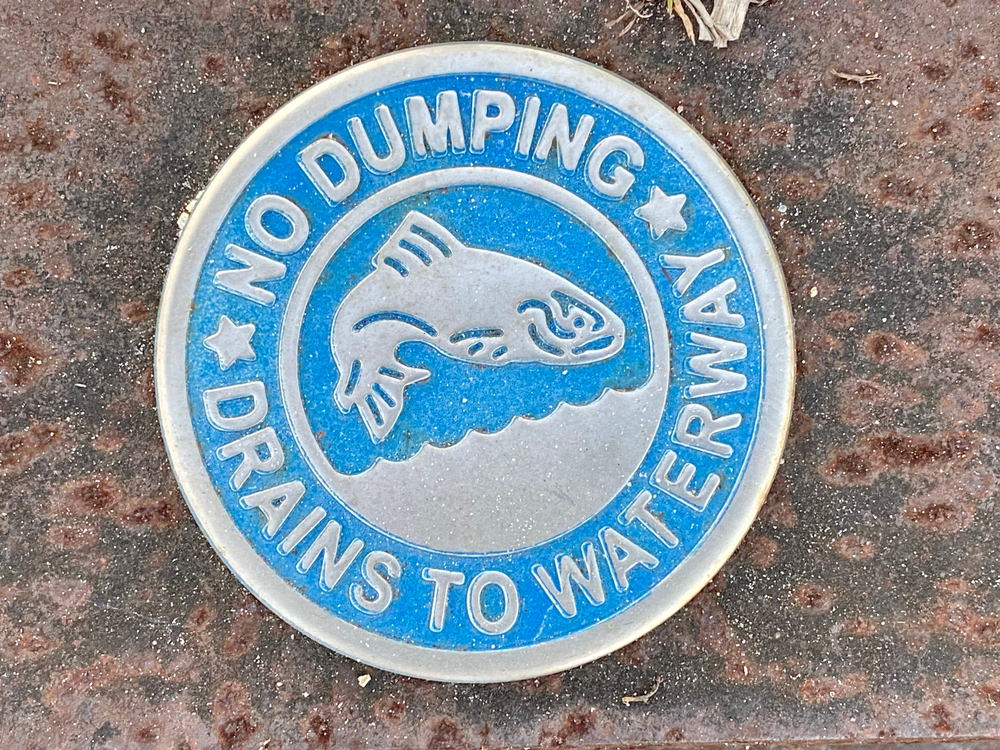
So where does the pollution come from?
Pollutants that reach our beaches tend to originate from land and reach the ocean via storm drains, creeks, and streams. The bacteria may also come from fecal matter left on the beach, such as from dogs or wildlife. While it’s hard to pinpoint the exact source of pollutants, there are solutions San Mateo County has in place to help reduce the amount of pollution reaching these beaches.
San Mateo County is actively taking measures to help keep our beaches clean so they can be enjoyed safely by everyone.
- One of these is monitoring water quality. The San Mateo Countywide Water Pollution Prevention Program (that’s us) monitors the water quality of creeks to ensure they are at safe levels and taking the necessary steps when pollution levels are high. This is important because creeks eventually drain into our beaches. Findings are reported in the annual Urban Creek Monitoring Reports.
- Green infrastructure also plays an important role in managing stormwater runoff and reducing pollution in our waterways. Green infrastructure is designed to mimic natural processes to capture and clean stormwater before it reaches our waterways. There are ongoing efforts throughout the County, including the Countywide Sustainable Streets Master Plan, that are meant to clean stormwater while also bringing additional benefits such as bike and pedestrian safety.
- We also conduct public outreach to help residents like you adopt stormwater-friendly practices. Read on for examples of what you can do to help!
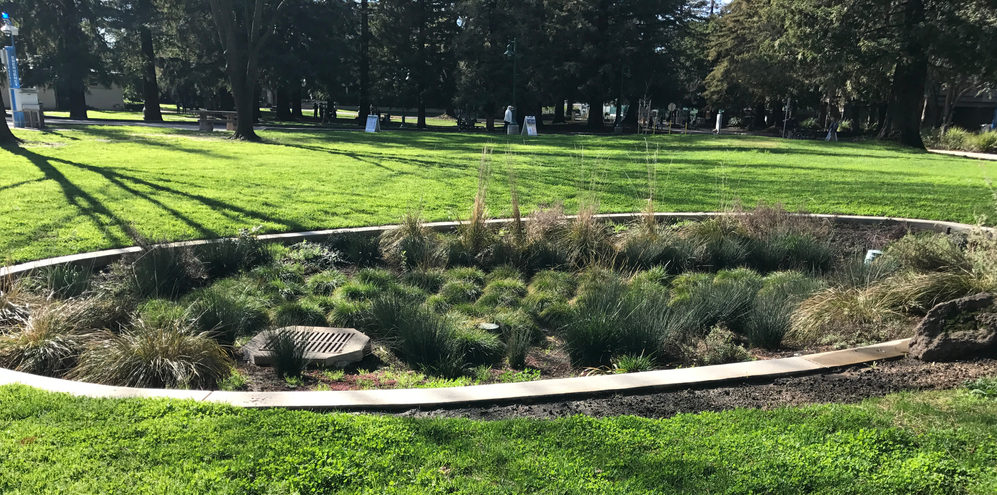
Ways you can help
Even a few simple daily habits can make a big impact on stormwater pollution when added to the community’s efforts. Here are some ways you can help keep our San Mateo County beaches clean:
- Always pick up your dog’s waste. Take our “Scoop the Poop” pledge here.
- Properly dispose of all trash and make sure trash bins are closed at all times. Take our litter pledge here.
- Reduce pesticide use in your yard and use Integrated Pest Management techniques instead.
- Install a rain garden or rain barrel in your yard to capture and clean stormwater before it runs into the storm drain system.
Volunteer with local organizations such as the Pacific Beach Coalition or Surfrider to do beach cleanups.
